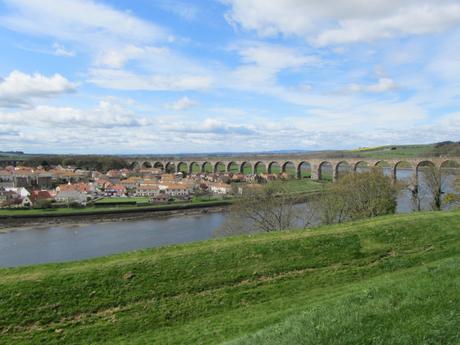
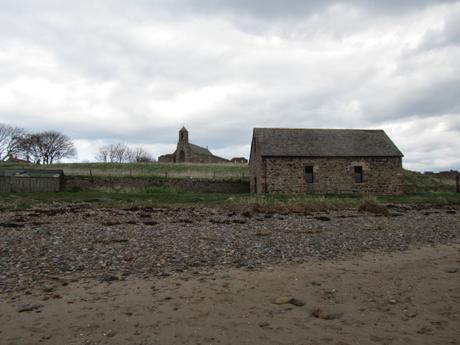
Over the Easter holidays, a friend and I went on a lovely week-long break to Northumberland, the border county between England and Scotland. Every time I travel to Scotland on the train, I’m enchanted by the gorgeous glimpses I catch of long stretches of sandy beach, wide open skies, wild, rugged landscape and tantalising ruins as we speed through Northumberland, and I’ve been itching to explore the area properly for a long time. So, an airbnb cottage booked (this lovely place, if anyone fancies following in my footsteps) and a car borrowed from my parents, we headed north for the almost seven hour journey. It’s a long and boring drive, being largely motorway, so we broke the trip up by stopping off at a National Trust property, Belton House, on the way, and we also very much enjoyed spotting the famous Angel of the North statue as we drove through Newcastle. Arriving in the tiny little village where we were staying was wonderful; surrounded by fields and sheep, the silence was quite astonishing for people used to living amidst constant noise, and that evening, on our way back from the pub, we gasped in amazement at the sky, filled with stars that we never normally see from the streets of London.
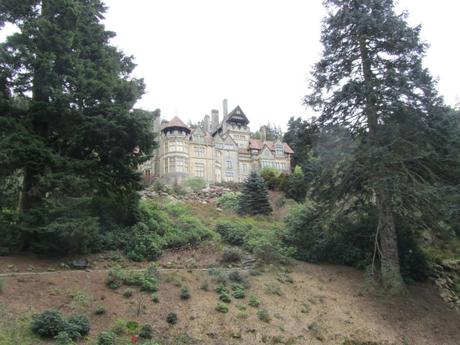
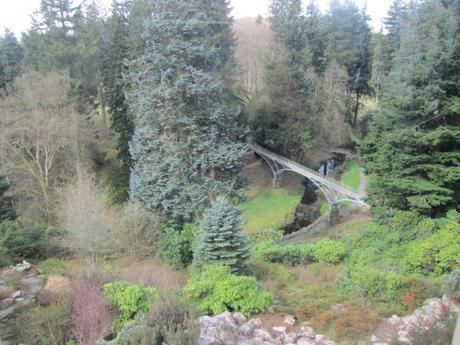
After an excellent night’s sleep, on our first morning we headed off to the border town of Berwick-upon-Tweed, crossing briefly into Scotland in order to do so. Berwick sports a fantastic viaduct, lovely sea views and a charming, historic town center. We loved sitting by the water, eating chips and watching the trains to Edinburgh and London whizz past across the viaduct, and we also thoroughly enjoyed a rummage in Berrydin Books, a very well organised and friendly second hand bookshop where I picked up some bargains. We then headed down the coast to Lindisfarne, which has been a must-see of mine ever since I was enthralled by the stories my history teacher told me back in Year 7 of the terrifying Viking raid on the poor defenceless monks who inhabited the windswept island, only accessible via causeway to the mainland. It was a thrill to drive across the narrow road, surrounded by sea, and studded with terror-inducing signs warning you of the dangers of not checking the tide times and ending up trapped, car filled to the roof with sea water. We arrived safely on the island, and my imagination was running wild with visions of atmospheric ruins. Disappointingly, my visions were nothing like the reality; the ruins of the old priory are at the end of the village street, and there was little sense of the isolation or mystery I had pictured in my history lessons. Whilst it was amazing to be on the island and to see the priory ruins, I did wish I hadn’t built it up so much in my head before going! There is also a wonderful National Trust run castle on the island, but it’s closed this year for renovations, unfortunately. I’ll have to go back another time! On our way home we stopped by Wallington, an unexpectedly beautiful National Trust house filled with impressive pre-Raphaelite paintings and a brilliant gallery of Victorian curios – we only stopped by to have a cup of tea, but found ourselves enchanted by it. It was actually one of our favorite places throughout our whole trip and I’d highly recommend a visit.
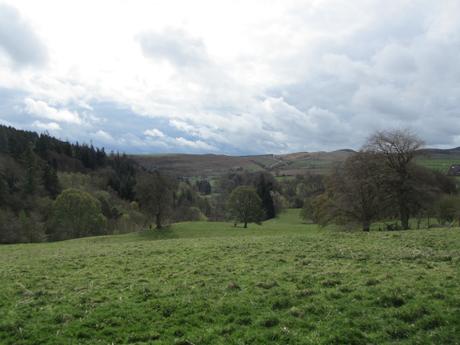
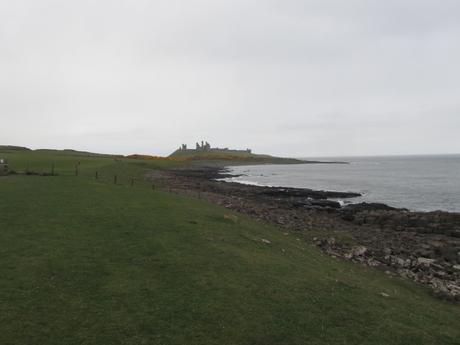
The following day, we went to see Cragside, another National Trust property. It’s a famous Victorian landmark, being the home of the engineer Lord Armstrong, and the first house in the world to be lit by hydroelectricity. It’s an absolutely incredible place; beautiful inside and out, with spectacular gardens and a pinetum built within the quarried slopes of the surrounding land. The views are breathtaking, and there is so much to see and do; you can see the servant’s quarters and the labor saving hydraulic devices Lord Armstrong had fitted, the suite of rooms decorated with owls just for the visit of the Prince and Princess of Wales, and an iron bridge built across the gorge to provide spectacular views of the house from the garden. You could spend all day there, but we had other things to do – we went off to Alnwick for lunch, home to the castle that was Hogwarts in the Harry Potter film, and the amazing Barter Books, housed in Alnwick’s old train station and filled to the brim with second hand books – before enjoying a wonderful windswept walk along the beach to the ruins of Dunstanburgh Castle, which has sat majestically by the sea for around a thousand years, and is a truly breathtaking sight.
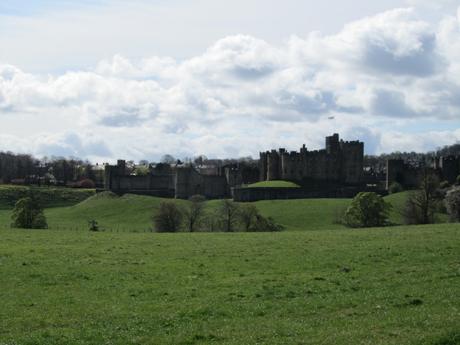
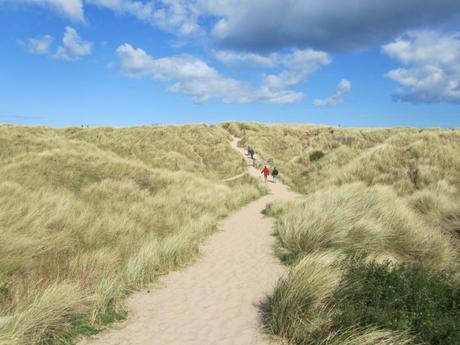
Keen to see more of the coast, the following day we drove out to Bamburgh Castle, which is still inhabited, and contains a very interesting collection of quite random objects. However, its main attraction is the spectacular views across the white sand dunes that are at the foot of the cliffs below, and out to the Farne Islands, which are famous for being the home of Grace Darling, the Victorian heroine. We loved walking across the shimmering sand of the beach, which seemed to move as the sand slithered about in the wind, and we were incredibly lucky to have a glorious blue-sky day on which to enjoy the scenery. The village at Bamburgh is incredibly pretty, and has an attractive Victorian church and an RNLI museum dedicated to the story of Grace Darling, which is well worth a visit. We also had a delicious afternoon tea at the historic Copper Kettle tearoom; much needed sustenance after all that hiking across sand dunes!
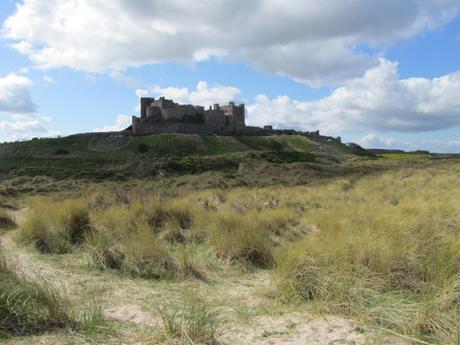
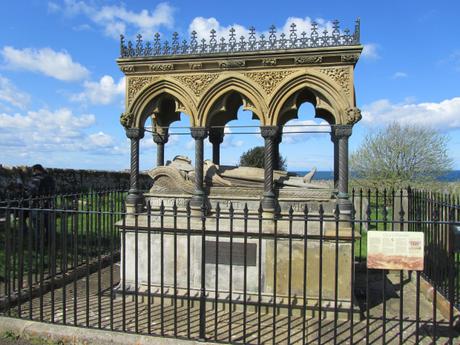
We loved every minute of our time in Northumberland; the history, the landscape and the glorious sense of space and freedom made possible by its sparsely populated stretches of countryside make it a place where you truly can escape from the realities of your everyday life. I already can’t wait to go back.
Advertisements